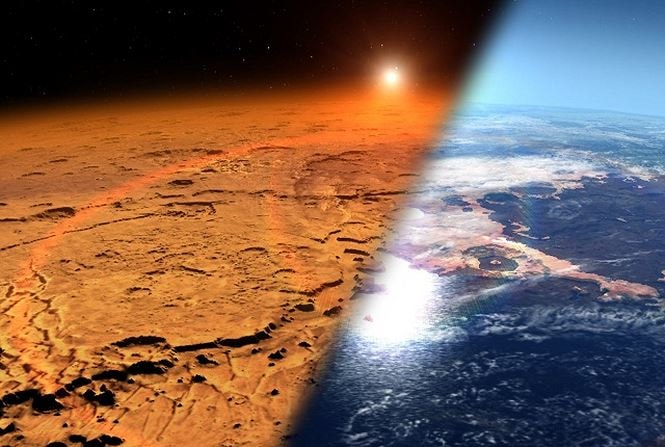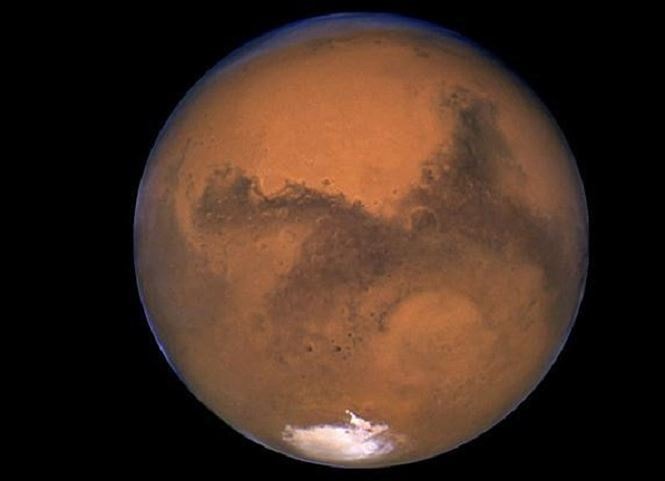The mystery of life beneath the surface of Mars
New research provides evidence that the ancient Martian subsurface contained vast amounts of chemical energy that allowed microbes to thrive.
Researcher Jesse Tarnas believes there is a biosphere below the surface of Mars and it is similar to the underground habitat on Earth.
Earth is home to a subterranean ecosystem of microorganisms. In the absence of sunlight, underground bacteria draw energy from their surroundings, and dissolved molecular hydrogen serves as an excellent fuel source. According to new research, radiation breaks down water molecules into hydrogen and oxygen, creating large amounts of hydrogen beneath the surface of Mars.
While it does not definitively prove the existence of life on Mars, it does help point out the key ingredients available over millions of years that could help create life on Mars. At the same time, it has implications for future exploration for signs of life on Mars.
Go deep underground

“If there is life below the surface of Mars, what is its nature and source of energy? Based on the energy supply to underground bacteria on Earth from radiation, Jesse studies radiation on Mars,” said Jack Mustard, professor and co-author of the study.
First, the continuous decay of the elements thorium, potassium, and uranium provided the radiation that split water, and based on that, scientists calculated the diversity 4 billion years ago and the idea of a radiation stream.
The next step was to estimate how much water the radiation could take place in. Scientists used the measurements to estimate the space needed to hold a suitable amount of water.

Combining those analyses, scientists believe that there may be areas several kilometers thick where life exists, organisms that get energy from radiation and will exist for hundreds of millions of years.
Hydrogen is abundant in cold climates because thick ice prevents it from escaping from the surface, Tarnas said, something that could change understanding of the link between climate and ancient life on Mars.
Meaning of the survey
Tarnas and Mustard believe these findings are valuable in the search for life on Mars. “One of the most exciting things is to explore the impact rock that NASA is looking at,” Tarnas said. “The 2020 mission is to look for signs of ancient life. The underground remnants of life could be the largest habitable area on the planet,” Mustard said.





.png)

.png)
